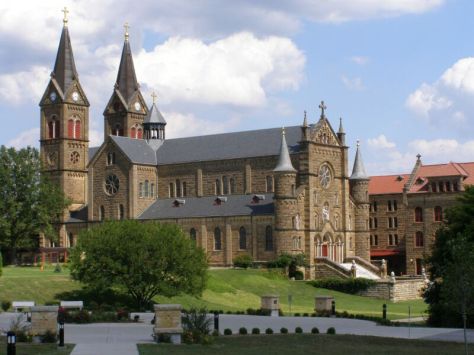How do we define beauty?
Is it “in the eye of the beholder” as many would say? How’s that for an individualist post-modern “nothing-can-be-defined” position! What about a concrete, objective definition? A great way to think of beauty, for Catholics, is that beauty is the attractive power of the truth.
Some thoughts on this from a recent experience:
In the last few weeks, I have met several people who have been totally turned off by the quest of certain people in charge of certain parishes to make the Mass “cool”. They see it as plain as day: we can never keep up with the newest, most entertaining thing. If we are trying to do that, we are totally losing the point. In terms of music, it mostly ends up sounding dated and poorly put together. One person that I met recently left the Church because of bad music after her teenage years – this was a highly trained musician who had been playing organ for Mass for many years! One day she was asked to turn it off and play basically what she recalls as a “campfire tune” instead. With multiple degrees in music, she is highly educated in the arts, and certainly knows the history of Western music, especially how intertwined it is with the tradition of sacred music in the Church. She knows that the Catholic Church has incredibly beautiful music in its tradition and today, but she can’t find it. And she’s not alone among skilled musicians – she knows several others in similar situations. She thinks she would never have left the Church if chant and polyphony had continued to be the staples of the common liturgical music diet.
In a parting comment, she said that the Church is refusing to use its most powerful tool for evangelization: beauty. Especially beautiful music.
How do we know what music is beautiful?
More soon.
